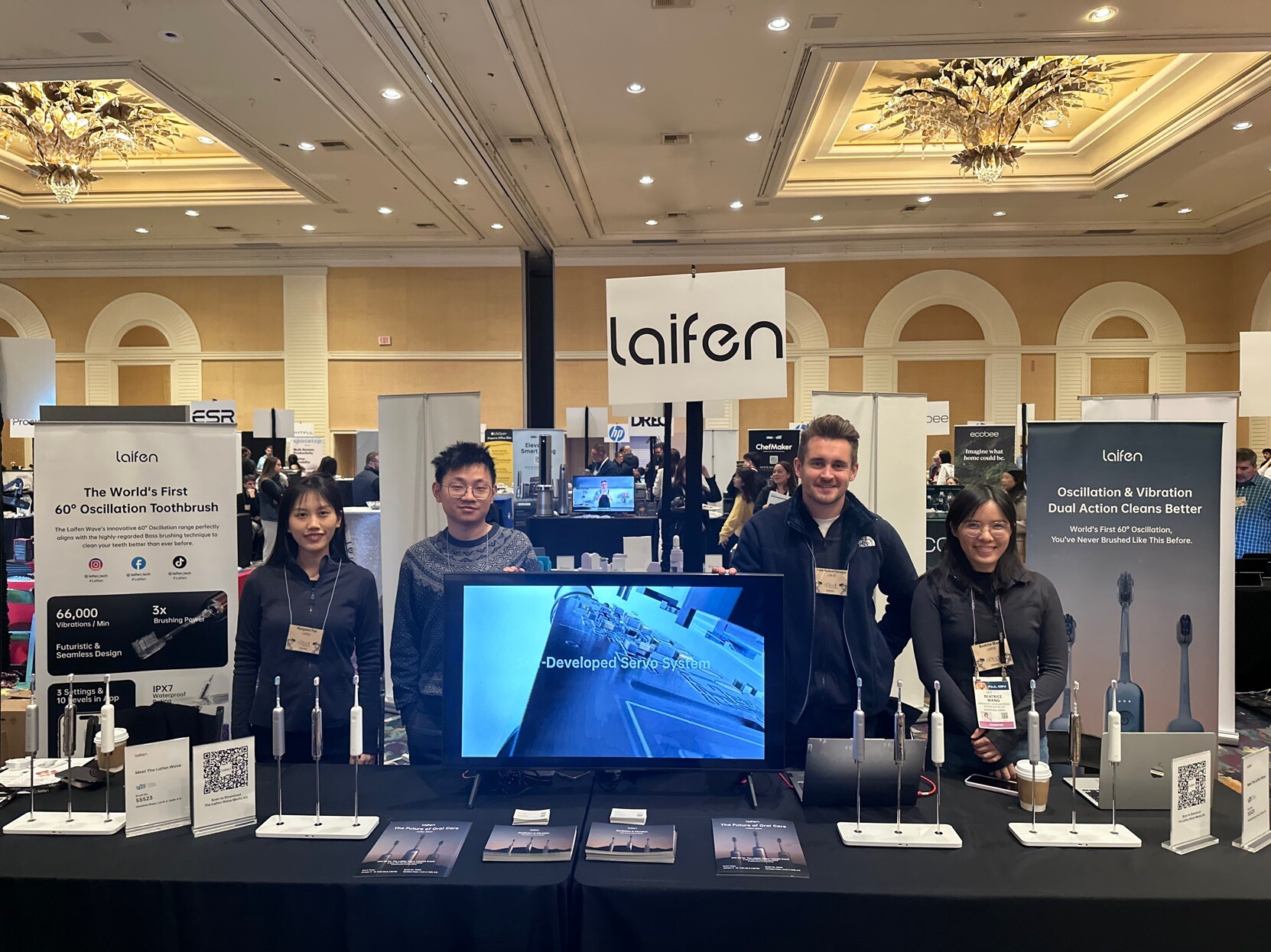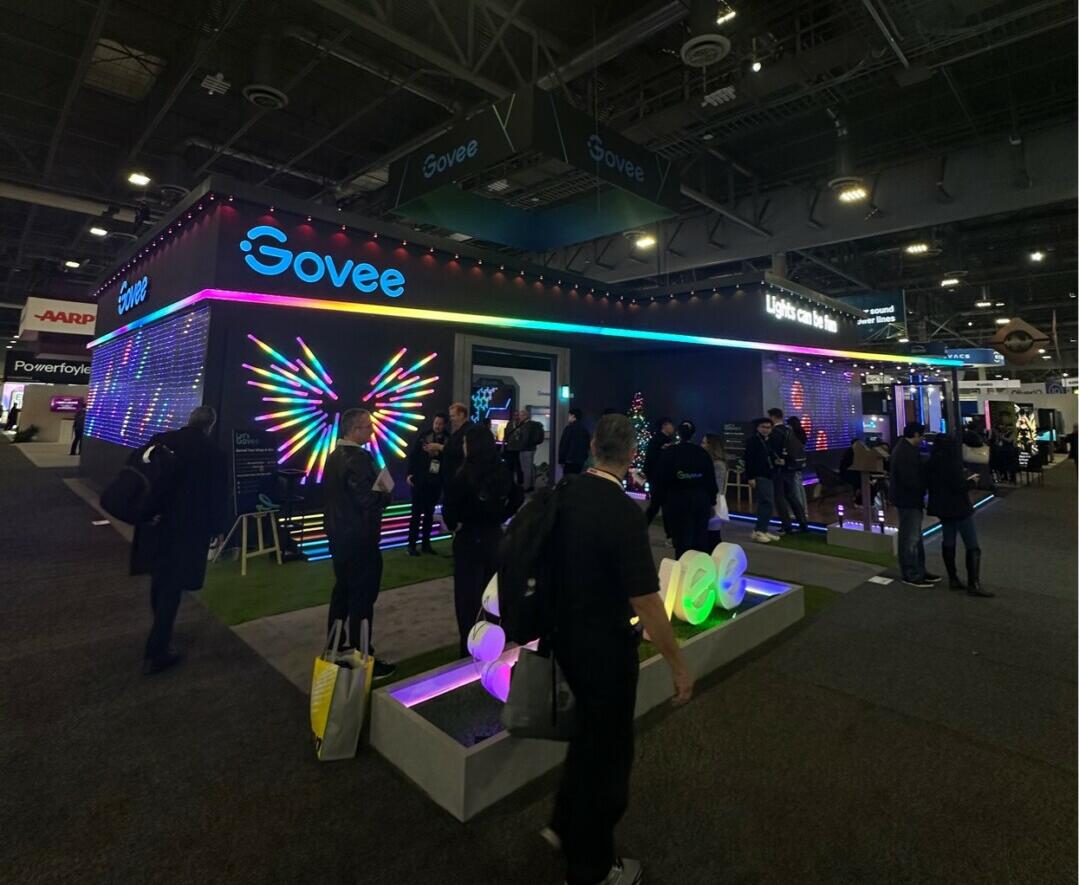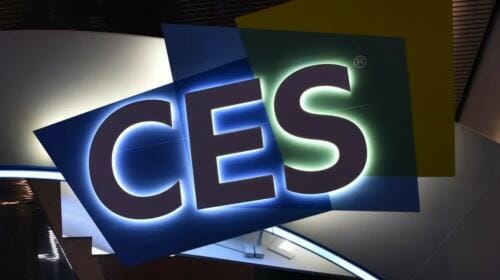As a PR agency well-versed in CES, we understand the details that can turn this experience into a media game-changer for brands. Whether you’re a trade show veteran or a first-timer, this blog covers the crucial stages, from pre-planning to on-the-ground best practices and post-event strategies that ensure lasting impact. Join us as we delve into the intricacies of navigating CES planning and execution.
Precision Planning
Embarking on a successful CES journey heavily relies on the planning phase, where meticulous groundwork can make all the difference. Brands and agency partners should focus on three main categories within this stage: event participation strategy, product knowledge and materials, and media relations. These pillars collectively form the foundation for your CES roadmap and help shape a brand’s impact at the trade show.
The first step in CES planning is receiving product briefs outlining what’s being announced at the event. The sooner this information is finalized and secured, the better, but we recommend nailing down these details around three months before the event. The briefs are crucial to creating a comprehensive strategy, which will house the overall objectives for the event. It will include a detailed approach to how each objective will be achieved, including dedicated media targets for a brand’s category, timelines, key performance indicators, and more.
This is also an opportune time to discuss event participation for the brand. Over the years, we’ve seen a shift in how brands approach CES and the corresponding pre-show media events, as well as how media are participating in CES. It’s important to consider the brand’s size, goals, and announcements to decide what events to participate in. For instance, if a brand is established with the US media, has a strong presence in its category, and isn’t announcing innovative, net-new products, it could be worth skipping a dedicated booth and taking advantage of a media-exclusive event or investing in a suite to host media in for CES-related news. These off-showroom floor opportunities still offer valuable media touchpoints that can lead to coverage and relationship building.
Beyond collaborating on an event strategy, this is when the PR team familiarizes themselves with key messaging and product information. Proper product knowledge is paramount when drafting press kit materials and pitches for the PR team, which is also a large bulk of this phase. Prepping press releases, reviewer guides, press Q&As, key messaging, and more are all necessary for sharing embargoed press kits with media before the event. As materials are near-final, the PR team and spokesperson staffing media briefings will connect to chat through key messaging, run of show, briefing overviews, and more, which will all be consolidated into a comprehensive CES briefing book ahead of the show.
While materials and event details are finalized, it’s time to set the media relations portion of the plan up for success. That includes building a targeted media list of CES media and influencer attendees, consumer tech media covering off-site, and general consumer tech friendlies. Before pitching kicks off, ideally well in advance of the holiday season, you’ll want to have a tracking system in place to keep tabs on who from what outlet is interested in covering the news, wants to test product, is planning on stopping by pre-show media events, has scheduled a time at the booth and more. Having an organized interest tracker set up ahead of pitching will make the media outreach and on-site coordination much easier.

Related: Product Storytelling in an Era of Innovation
Strategies for On- and Off-Site Impact
Oftentimes, CES is the media’s first formal interaction with the brand, so it’s necessary to prepare a quick 30-second elevator pitch that briefly overviews the brand story and its offerings; anything they might need to know leading up to the product you’re showcasing.
Make sure you’re the expert on the product. Whether or not you are the main spokesperson, you’ll want to be ready to speak about the company and product wherever you are on the showroom floor. It’s likely this will come from key talking points developed by the brand and agency team, ensuring that messaging is consistent and concise.
Knowing who is going to be on the floor at media events and in the booth will be helpful for managing your time in your conversations and directing questions to the right people, capitalizing on time spent with booth and table visitors. Plan to use your team strategically and have a friendly face at each touchpoint of your booth to maximize reach to media in the area.
During the show – especially at the press events – media relations is at the forefront of the team’s mind, both on and offsite.
Onsite Staff:
- Act as the active face of the agency partner or brand for media attendees.
- Be sure you’re tracking each media conversation you’re having, by hand or digitally on your phone. There won’t be a ton of time to sit with a computer, so plan for something on-the-go and reliable. Include any small details to reference for follow up.
- Regularly update your team on new names or notable conversations, take photos of business cards and hand out your own.
Offsite Staff:
- Act as the liaison between show team and supporting team.
- Make sure conversations are still in progress for media that are on and off the floor – pitches still go out in alignment with the press release and announcement timing.
- For any media that is on the floor, update them with booth numbers and section information, an image of the sign to look for and get updates on their whereabouts to share with your team onsite.
As always, be conversational, a friendly face to those you meet and open yourself up to meeting new people. Remember that the goal of your presence is solidifying relationships you’ve already spent time fostering virtually.
The execution stage of the show will look different for every brand team, but every team should think about the following question: “What sets this product apart from others like it?”
This question came up a lot at the 2024 show, and for good reason. In a room full of the sharpest innovators in the consumer technology space, you should be prepared to tell media why they should care about yours.
Intentionally take time away from your booth and table to take a break from standing up, but also make time to walk the rest of the showroom floor. This is one of your only opportunities to get a window into the tech industry as a whole – check out competitors and scope out new brands you might be meeting for the first time. The goal of the time away is to maximize your experience at this prominent industry event and come back with more to give your team.

Related: Disrupting the Status Quo: How to Leverage New Technology
Sustaining CES Momentum
Coming back from CES, the post-show phase begins. When it comes to the product itself, you and your team will need to begin laying the foundation for what’s next: product reviews and availability announcements. Ideally these have already been discussed in your pre-show planning and strategy, but after the show is where it starts to come to life.
From your contact lists at the shows, you can start to prioritize sample selection and get an idea of who already received product at the show, preparing shipment trackers and reviewing the system with everyone on your team who will touch the shipment process.
It’s important to know that the priority of this phase is converting interest to coverage.
Everyone who is involved in the CES show will have touchpoints to this process (information about who they connected with, the conversation details and ideal next steps for each contact); from these conversations, strategize with your team on post-show outreach to garner more interest.
For outreach, one of the most important things to be mindful of is the timing of your note when following up with show contacts. We recommend sending a note to connections from the show promptly once the week is coming to a close, this way your name is still in rotation attached to the products they should keep top of mind. It goes without saying that it’s incredibly important to personalize these emails – the relationships your form with media, especially in person, are not to be taken lightly. Thank them for their time, consideration and for stopping by your table or booth.
There are a few ideal outcomes from your outreach and all of them are valuable:
- Thank You – A contact may just thank you for your note and say they’ll be in contact. While it’s not a confirmation of interest or coverage, it’s a great way to close the loop to any onsite or offsite dialogue for future consideration.
- Confirmation of Inclusion – A very clear win is media confirming their interest in your product and sharing that they’re hoping to cover it in their upcoming CES recaps or standalone pieces about the show. Always thank those who choose to include you!
- Review Interest – When it comes to keeping lines of communication open, a media contact may share interest in receiving review unit for potential future coverage. After vetting the contact and outlet, your team is now tasked with bringing this conversation out of email and into a shipment tracking system to make sure product gets delivered.
In a shipment tracking system, your agency team will share shipping addresses, products requested and any other relevant information. The brand team is the key to making sure the shipments go out in a timely manner, making labels, sharing tracking numbers. Both are equally important and dependent on clear and consistent communication within the tracking system.
The final stages of execution for the post-show phase will heavily rely on your work done tracking conversations, interest, coverage and other bits of measurable information to include in a comprehensive report.
This report can look a lot of different ways but should always include a general recap of announcements made, contributions from each team, coverage highlights, notable interest coming from the show, areas of success and room for growth.
Ideally, this report serves as a nice wrap-up to your work, but also a point of reference when your team reconsiders its presence at the Consumer Electronics Show for the following year.
As we wrap up the nuances of CES planning, it’s evident that achieving success at this leading consumer electronics event is dependent on a sound strategy and impactful follow-through. Starting with the meticulous planning stage, moving through the execution phase, where each brand distinguishes itself from the competition, and finally, the post-show, where the connections made at CES evolve into coverage and continued engagement – each stage plays a pivotal role in overall success.
For brands seeking to elevate their CES experience, TEAM LEWIS is the perfect partner based on our experience and expertise. We’ve guided countless brands through CES, turning their presence at the show into a resounding media success. Ready to make a lasting impression at CES? Reach out today.




